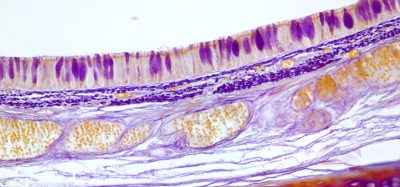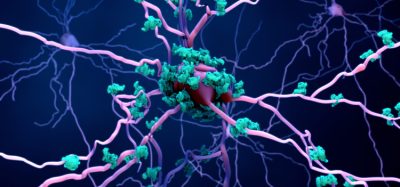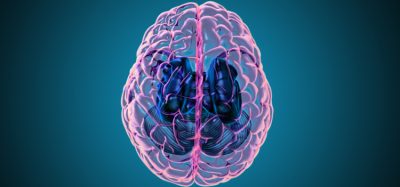New treatment for MS using artificial nerve fibres
Posted: 24 January 2023 | Izzy Wood (Drug Target Review) | No comments yet
Danish researchers undertake a new project that aims to find new forms of treatment for diseases such as MS, which breaks down myelin and nerve fibres, by developing new, artificial nerve fibres

A new research project at Aarhus University, Denmark, is aiming for a radical new form of treatment for Multiple sclerosis (MS). The aim of the project is to use electro-spun fibres to establish new, artificial, myelinated nerve fibres.
MS is an autoimmune disease in which the body’s own immune cells attack myelin in the brain and spinal cord. When myelin is broken down, the impulses are either transferred more slowly or not at all, and this leads to functional impairment, or even loss, for the patient.
Myelin in the central nervous system can be restored via remyelination by special cells in the brain called oligodendrocytes. This process stops working effectively with age though.
“We are building a top-down model via so-called electrohydrodynamic spinning; a very versatile, but complex nanotechnological process that is combined with microfluidics technology for this project. The objective is to spin complete, myelinated nerve Impulse transmission pathways down to nanoscale,” said Associate Professor Menglin Chen from the Department of Biological and Chemical Engineering at Aarhus University.
“The biggest challenges in the project are getting the combination of technologies to work and to develop a gating system to ensure that the fibres are formed correctly. Next, an electrophysiological study of the conductivity of the fibres is required to ensure that they have the right impulse conductivity.”
For this project, the aim is to spin nerve fibres at cellular size with a fully formed myelin sheath. She has just received a grant of DKK 2 million from the Lundbeck Foundation’s LF Experiment programme, which supports unique, ground-breaking research ideas with potential to transform our understanding of an important field of research.
“It is the first time anyone has tried to spin artificial nerve fibres using this method, but I am optimistic. The project also provides important insight into the pathological mechanisms that follow from multiple sclerosis at single nerve-fibre scale, and I hope that we will have a completely new diagnosis and treatment method in a few years,” Chen concluded.
The research project is scheduled for two years, and the project will start in the spring of 2023.
Related topics
Central Nervous System (CNS), Nanotechnology, Neurons, Neurosciences, Therapeutics
Related conditions
Multiple Sclerosis (MS)
Related organisations
Aarhus University
Related people
Associate Professor Menglin Chen







